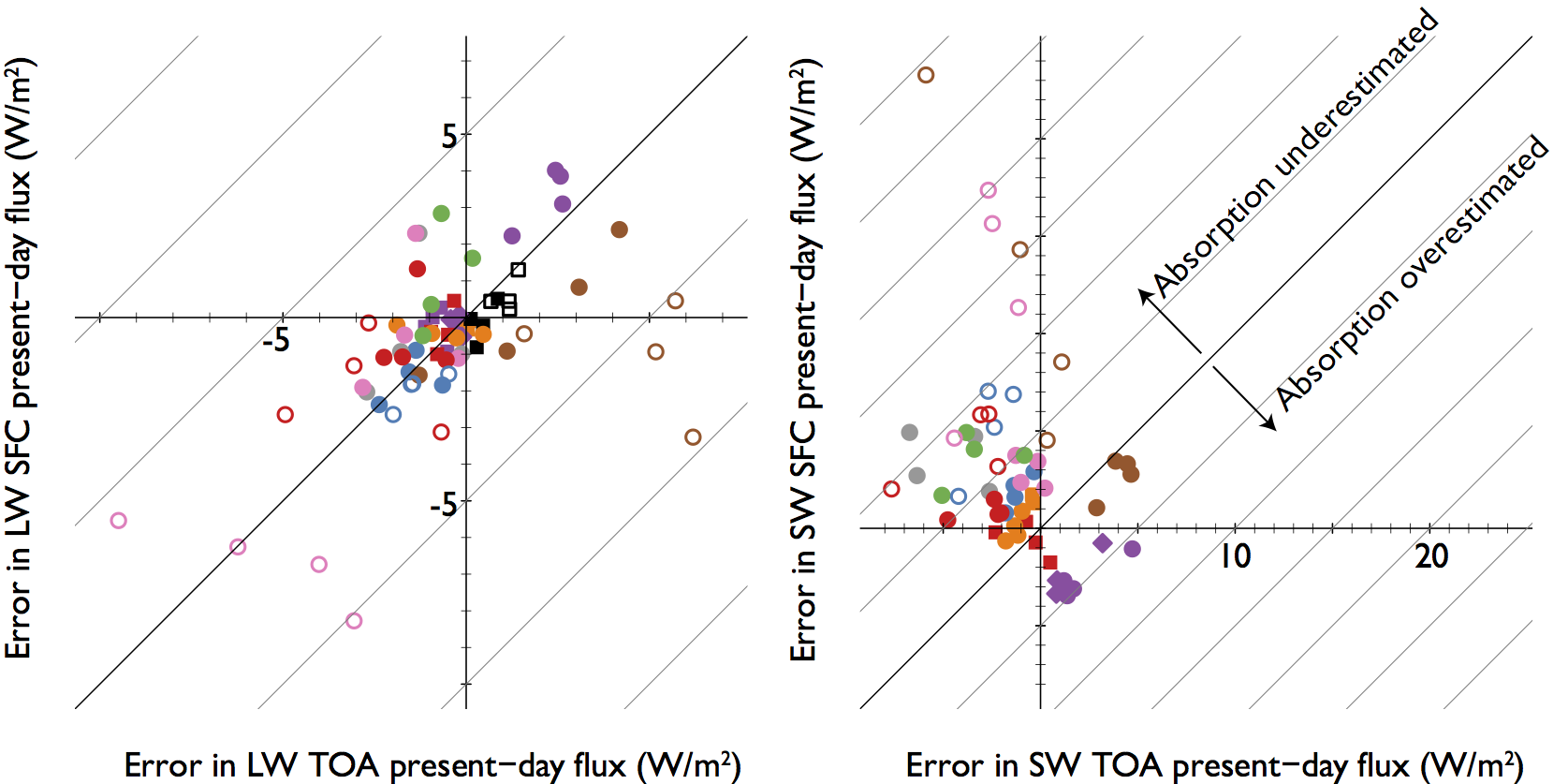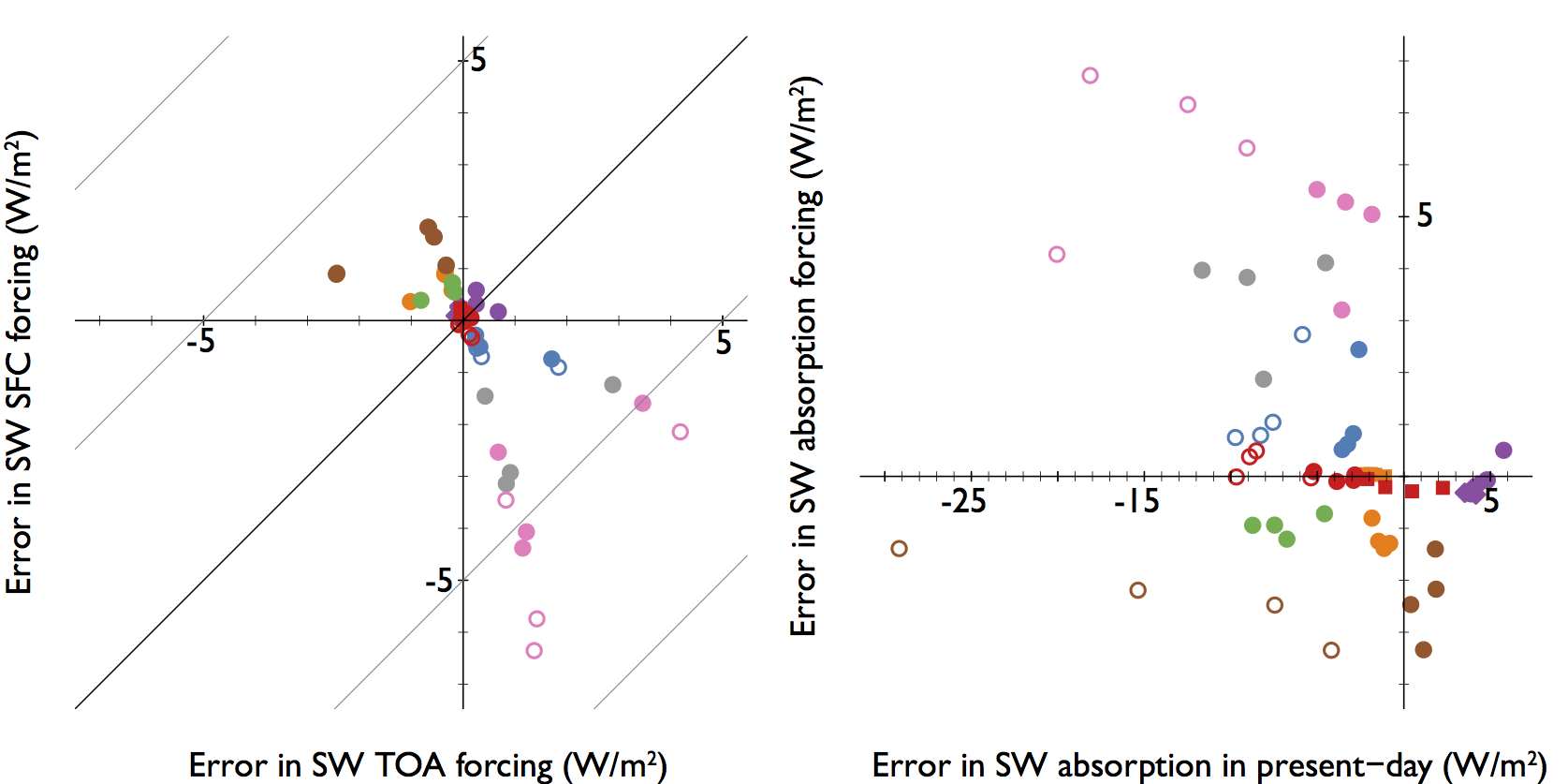Publication Date
1 September 2015
Radiative Parameterization Errors in Present-Day and Future: Implications for climate change projections
Science



Point of Contact
Robert Pincus
Institution(s)
University of Colorado - Cooperative Institute for Research in Environmental Sciences (CIRES)
Funding Program Area(s)
Publication
“Radiative Flux And Forcing Parameterization Error In Aerosol-Free Clear Skies”. 2015. doi:10.1002/2015GL064291.
